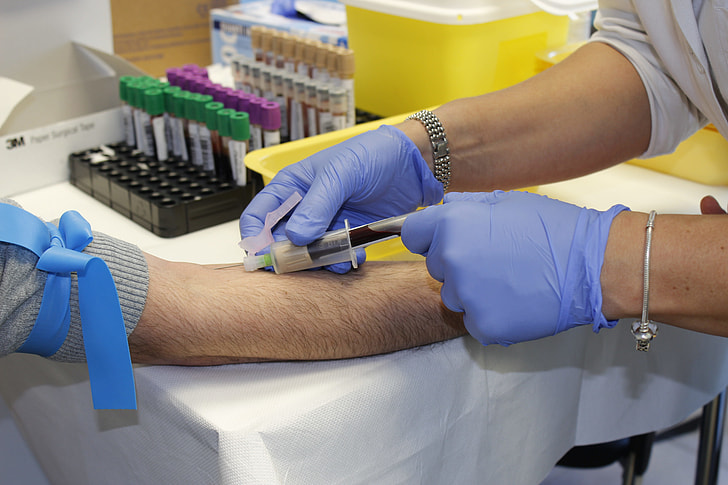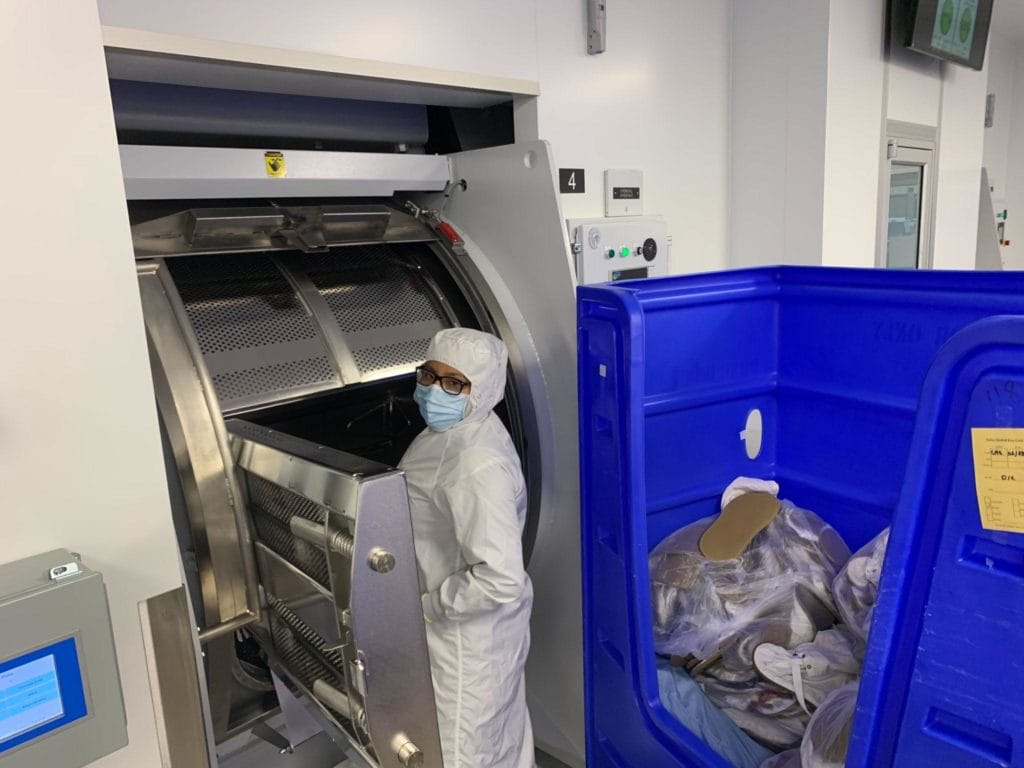
The European workwear industry is increasingly embracing circular economy principles, with rental, reuse, and recycling programs transforming the traditional linear supply chain. These initiatives focus on sustainability, cost-efficiency, and regulatory compliance, while maintaining high safety and quality standards for workers.
Emerging markets can learn from Europe’s circular workwear trends to reduce waste, optimize costs, and align with global ESG standards. This guide combines Part 1 (circular workwear fundamentals and standards) and Part 2 (implementation strategies, ROI analysis, and case studies) to give you a complete decision-making toolkit for adopting circular workwear models.
Circular workwear programs emphasize rental, reuse, recycling, and repair to extend garment lifecycle and reduce environmental impact.
Key elements include durable materials, traceable garments, hygiene-compliant cleaning, and partnerships with certified circular providers.
1. Why Circular Workwear is Gaining Momentum in Europe
1.1 Environmental Drivers
- Textile production contributes significantly to CO₂ emissions, water consumption, and landfill waste.
- Single-use or short-lifecycle workwear items exacerbate environmental pressures.
- Circular programs reuse garments multiple times, extend product lifespan, and reduce resource extraction.
Example: A major European PPE rental provider reduced annual textile waste by 35% by implementing garment recycling and repair programs.
1.2 Regulatory Compliance
- European directives such as EU Waste Framework Directive and Extended Producer Responsibility (EPR) laws incentivize companies to adopt circular models.
- Compliance ensures companies avoid fines and improve sustainability reporting.
1.3 Cost Optimization
- Rental and reuse reduce capital expenditure on new uniforms.
- Maintenance, cleaning, and tracking reduce unnecessary replacement and ensure longer product lifecycle.
1.4 Brand Reputation and ESG Alignment
- Companies adopting circular workwear demonstrate commitment to ESG and corporate sustainability, appealing to environmentally conscious customers and investors.
Example: A German logistics company reported improved client retention and brand perception after switching to a rental-based circular uniform system.
2. Key Elements of Circular Workwear Programs
| Element | Purpose | European Standard / Best Practice |
|---|---|---|
| Rental & Lease Models | Reduce upfront cost, enable reuse | ISO 14001 for environmental management |
| Repair & Maintenance | Extend garment lifecycle, maintain safety | Oeko-Tex certified cleaning processes |
| Recycling & Upcycling | Convert worn garments into raw materials | Global Recycled Standard (GRS) |
| Durable Materials | Reduce frequency of replacement | High-strength polyester/cotton blends |
| Digital Tracking | Garment lifecycle traceability | RFID or QR code systems |
| Hygiene Compliance | Ensure worker safety | EN ISO 14065 for laundering, hygiene audits |
| Waste Collection | Avoid landfill disposal | EU Waste Framework Directive compliance |
3. Material Selection for Circular Workwear
| Material | Advantages for Circular Economy | Limitations |
|---|---|---|
| Polyester/Cotton Blends | Durable, recyclable, easy to clean | Slightly higher production cost |
| Recycled Polyester (rPET) | Reduces carbon footprint, post-consumer recycling | Limited availability in some regions |
| PU-Coated Fabrics | Waterproof, abrasion-resistant, reusable | End-of-life recycling complexity |
| Organic Cotton | Lower environmental impact, sustainable | Less abrasion resistance, higher cost |
| High-Strength Polyamide | Very durable, long lifespan | Requires specialized recycling channels |
| Hybrid Blends | Combines durability with recycled content | Complexity in sorting and recycling |
Tip: Selecting materials with long lifecycles and recyclability is critical for circular workwear success.
4. Case Study Comparisons: European Circular Workwear
| Industry Segment | Circular Initiative | Outcome / KPI Improvements |
|---|---|---|
| Logistics & Delivery | Uniform rental & repair | 25% reduction in new garment purchases, 20% lower waste |
| Manufacturing | Recycling worn uniforms into insulation pads | 40% reduction in landfill contribution, ISO 14001 certification |
| Healthcare | Multi-use PPE garments with traceable hygiene cycles | Zero hygiene violations, reduced procurement costs by 15% |
| Construction | High-durability garments with maintenance contracts | Increased garment lifespan by 30%, lower total cost |
| Food Processing | Color-coded reusable workwear with washing compliance | Cross-contamination incidents reduced by 50%, cost savings on single-use garments |
Insight: Each sector tailors circular models to operational needs, but common outcomes are waste reduction, cost efficiency, and ESG alignment.
5. Common Challenges in Circular Workwear Adoption
| Challenge | Impact | Mitigation Strategy |
|---|---|---|
| High upfront investment | Initial cost of durable garments and digital tracking | Calculate TCO and ROI over lifecycle, not just unit cost |
| Hygiene and contamination risk | Potential regulatory non-compliance in food & healthcare | Implement EN ISO 14065-compliant laundering and hygiene audits |
| Employee acceptance | Resistance to rental or color-coded garments | Conduct training, awareness campaigns, and feedback loops |
| Supplier reliability | Delays in repair or replacement | Partner with certified circular workwear providers |
| Tracking and lifecycle management | Garments lost or mismanaged | Use RFID or QR-based garment tracking systems |
| Recycling infrastructure | Limited local recycling channels | Collaborate with regional recycling networks or GRS-certified partners |
Example: A Dutch manufacturing company faced employee pushback when moving to a uniform rental system. Solution: introduced training workshops and trial periods, resulting in 90% adoption within 6 months.
6. ROI Analysis: Circular vs Linear Workwear Models
| Scenario | Linear Model Cost / Year | Waste & ESG Impact | Circular Model Cost / Year | Savings / ROI |
|---|---|---|---|---|
| Medium-sized factory, 200 workers | $40,000 | 5 tons of textile waste | $32,000 | $8,000 + ESG compliance benefits |
| Logistics company, 500 workers | $100,000 | High CO₂ footprint | $78,000 | $22,000 + reduced emissions |
| Food processing, 150 workers | $30,000 | Single-use garments, hygiene risk | $25,000 | $5,000 + improved hygiene compliance |
| Construction firm, 300 workers | $60,000 | Frequent replacement, landfill | $50,000 | $10,000 + longer garment lifecycle |
Key Insight: Circular workwear may require slightly higher upfront costs but yields significant lifecycle savings, ESG benefits, and compliance advantages.
7. Buyer Checklist for Circular Workwear Programs
- [ ] Durable Garments: High-quality fabrics, abrasion and tear-resistant
- [ ] Reusability: Garments designed for multiple cleaning and use cycles
- [ ] Hygiene Compliance: Washing protocols and traceable cycles
- [ ] Digital Tracking: RFID/QR for lifecycle monitoring
- [ ] Repair & Maintenance Services: Include repair contracts in vendor agreements
- [ ] Recycling Channels: Local or certified global recycling partners
- [ ] Employee Training: Awareness on garment usage, care, and return
- [ ] Color Coding & Standardization: Reduce cross-contamination risk, simplify management
- [ ] ESG Reporting: Monitor KPIs like waste reduction, emissions, and garment lifespan
- [ ] Trial Programs: Test circular models before scaling
8. Frequently Asked Questions (FAQ)
Q1: Can circular workwear be hygienic for food and healthcare sectors?
A: Yes, if garments follow EN ISO 14065 laundering standards and regular hygiene audits.
Q2: How long does a circular garment last?
A: Typically 3–5 years, depending on material, care, and sector.
Q3: How can emerging markets implement these models cost-effectively?
A: Start with high-volume, durable garments, partner with circular rental providers, and integrate digital tracking.
Q4: What is the biggest benefit of circular workwear?
A: Lifecycle cost savings, reduced waste, and ESG compliance for brand reputation and tender eligibility.
Q5: Are there certifications for circular garments?
A: Yes, including GRS, Oeko-Tex, ISO 14001, and circular economy compliance marks.
Q6: How to encourage employee adoption?
A: Introduce training, feedback programs, incentives for garment returns, and trial periods.
9. Advanced Strategies for Circular Workwear in Emerging Markets
- Pilot Programs: Test rental and repair models in a controlled environment before full-scale deployment.
- Supplier Partnerships: Work with certified circular PPE suppliers experienced in logistics, maintenance, and recycling.
- Digital Lifecycle Management: Use QR or RFID tags to track garments, usage, and cleaning cycles.
- Employee Engagement Programs: Educate staff about environmental and operational benefits.
- ESG Reporting: Track waste reduction, energy savings, and lifecycle costs for internal and external stakeholders.
- Regional Recycling Integration: Partner with local recycling facilities to avoid landfill disposal.
- Maintenance & Repair Optimization: Establish centralized repair hubs to extend garment life.
- Material Innovation: Explore recycled, biodegradable, or hybrid fabric blends.
10. Future Trends in Circular Workwear
- Smart Garments: Embedded sensors for wear tracking, hygiene monitoring, and automated inventory management.
- Expanded Circular Networks: Regional hubs for garment collection, repair, and redistribution.
- AI & Predictive Analytics: Forecast replacement needs, optimize cleaning cycles, and reduce waste.
- Sustainability KPIs: Increasingly tied to tenders, procurement, and ESG reporting.
- Global Standards Alignment: Harmonization with EU Circular Economy Action Plan and ISO standards.
11. Conclusion
Circular workwear programs in Europe demonstrate that sustainability and operational efficiency can coexist. Emerging markets can adopt these lessons to:
- Reduce textile waste and environmental impact
- Lower lifecycle costs and improve ROI
- Maintain worker hygiene, safety, and comfort
- Strengthen brand reputation and ESG compliance
By implementing rental, reuse, repair, and recycling strategies, companies can transition from a linear supply chain to a circular model, benefiting workers, the environment, and long-term operational efficiency.
📩 Need help designing circular workwear programs for emerging markets?
Email: [email protected]
🌐 www.workwearsolutions.net
Zion Zhang
Recent Posts
 From Silver Ions to Copper Threads: Comparing Antimicrobial Technologies2025年11月20日Modern food processing and pharmaceutical manufacturing […]
From Silver Ions to Copper Threads: Comparing Antimicrobial Technologies2025年11月20日Modern food processing and pharmaceutical manufacturing […] Antimicrobial Fabrics: The Hidden Hero in Food & Pharma PPE2025年11月20日Food and pharmaceutical production environments demand the […]
Antimicrobial Fabrics: The Hidden Hero in Food & Pharma PPE2025年11月20日Food and pharmaceutical production environments demand the […] Case Study: How a Mining Firm Switched to 100% Recycled Fabrics2025年11月20日A major mining company successfully transitioned from […]
Case Study: How a Mining Firm Switched to 100% Recycled Fabrics2025年11月20日A major mining company successfully transitioned from […] Why ESG Standards are Becoming a Must for Global PPE Projects2025年11月19日Global PPE projects are increasingly under scrutiny for […]
Why ESG Standards are Becoming a Must for Global PPE Projects2025年11月19日Global PPE projects are increasingly under scrutiny for […] Circular Workwear Programs: How Rental & Recycling Models Cut Waste2025年11月19日Circular workwear programs are transforming the traditional […]
Circular Workwear Programs: How Rental & Recycling Models Cut Waste2025年11月19日Circular workwear programs are transforming the traditional […] Recycled Polyester & rPET Workwear: Green Solutions for 20252025年11月19日The global transition toward circular manufacturing and […]
Recycled Polyester & rPET Workwear: Green Solutions for 20252025年11月19日The global transition toward circular manufacturing and […]
CONTACT US
- Feel free to contact us any time. We will get back to you as soon as we can!
- +86-17303331701
